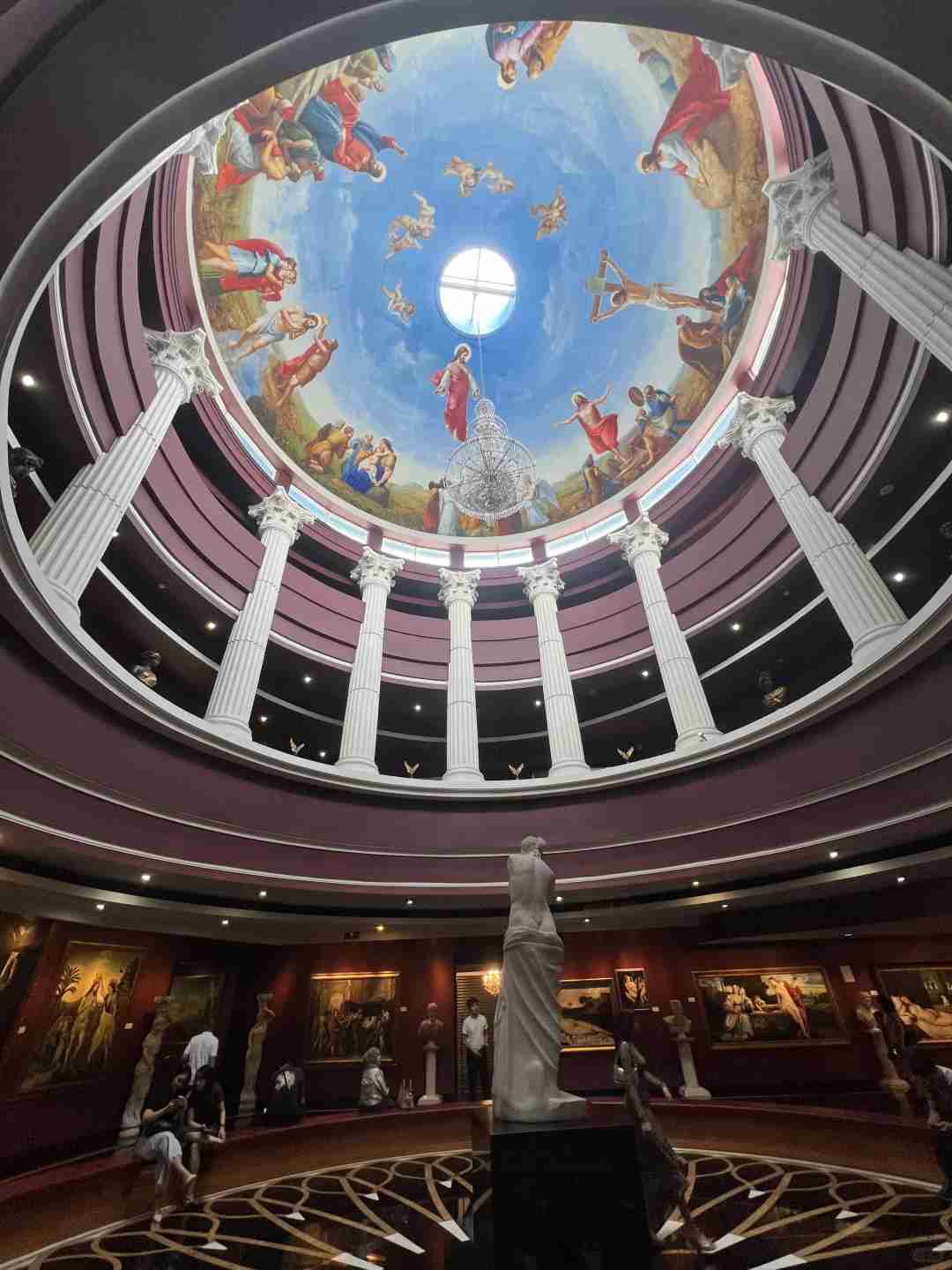Unforgettable Experiences: Unique Sights in Jakarta Not Found Back Home
1. Over 80% of Indonesia’s population is concentrated on Java Island, with the two primary economic hubs being Jakarta and Surabaya. Surabaya is home to a plethora of factories, driving much of the region’s industrial activity.

2. Jakarta, while bustling, doesn’t offer many traditional tourist attractions. One notable exception is PIK City, an artificial island created by wealthy Chinese investors using sand. This man-made marvel starkly highlights the city’s economic divide, showcasing the vast gap between the rich and the poor.

3. Image 1 captures the largest wholesale market for stationery, a place that left me both disappointed and astonished. The scene is reminiscent of a chaotic, disorganized setting from the 1990s, yet it remains incredibly vibrant and crowded. In stark contrast, Indonesia’s malls are ultra-luxurious, featuring international brands that might not even be available in China. The grand commercial complexes here are just as impressive as those found in major Chinese cities.

4. Overall, Jakarta lacks a plethora of activities, but one standout attraction is the Google Galeria Sophilia. This gallery, open only on Sundays and located in an office building, houses a remarkable collection of artifacts. On the 7th floor, you’ll find an array of paintings, while the 8th floor is dedicated to a dense assortment of Chinese relics, including dragon robes from the Qianlong and Yongzheng eras, Yongzheng’s dragon throne, and a jade seal.

The collection also features a 20-meter-long “Along the River During the Qingming Festival” from the late Qing Dynasty, with artifacts spanning from the Warring States period to the end of the Qing Dynasty. The experience was deeply moving, though it left me with a sense of unease. What circumstances led these treasures to be exiled here?
Yet, if they were still in China, would they have been preserved in such pristine condition? Photography is strictly prohibited on the 8th floor.

